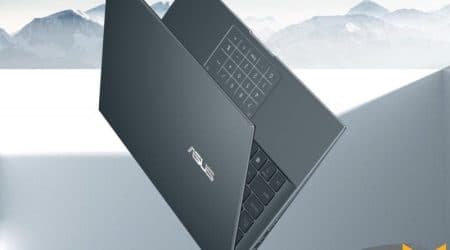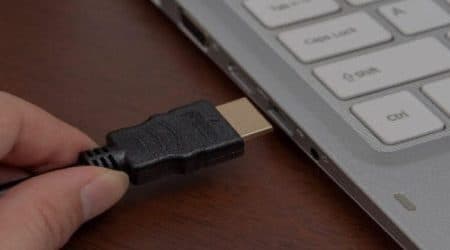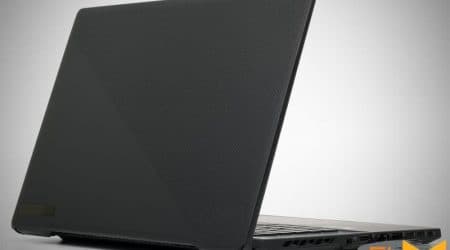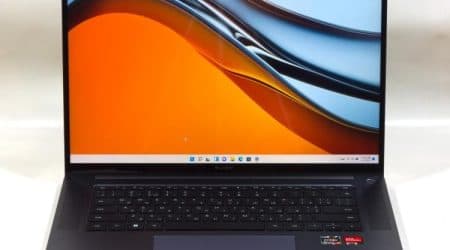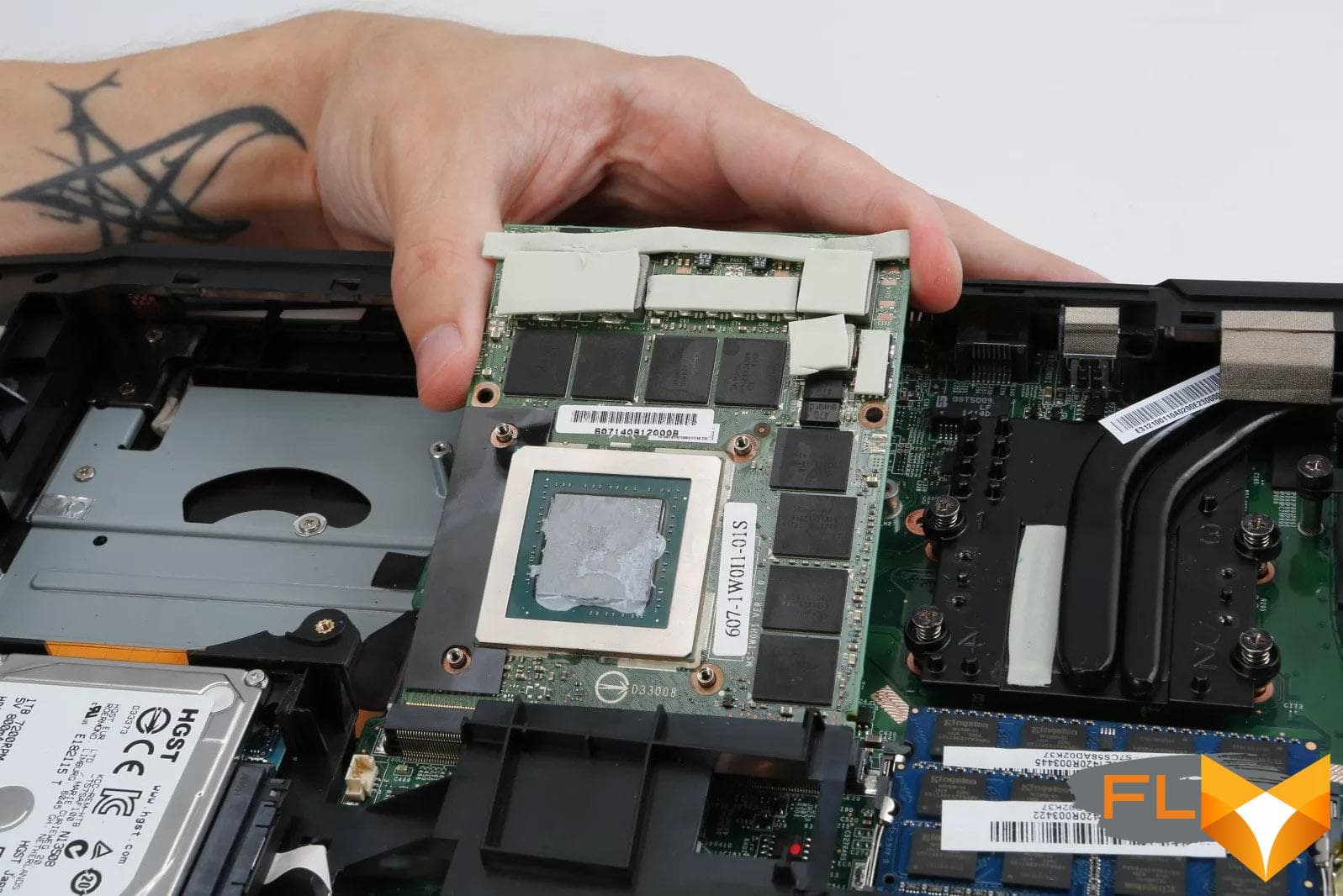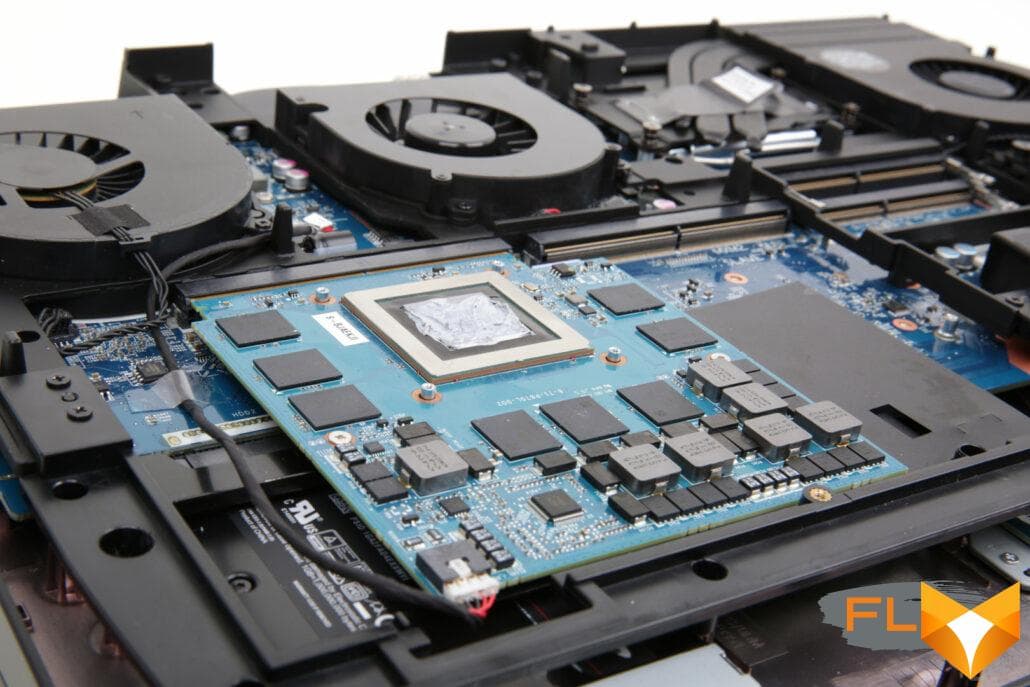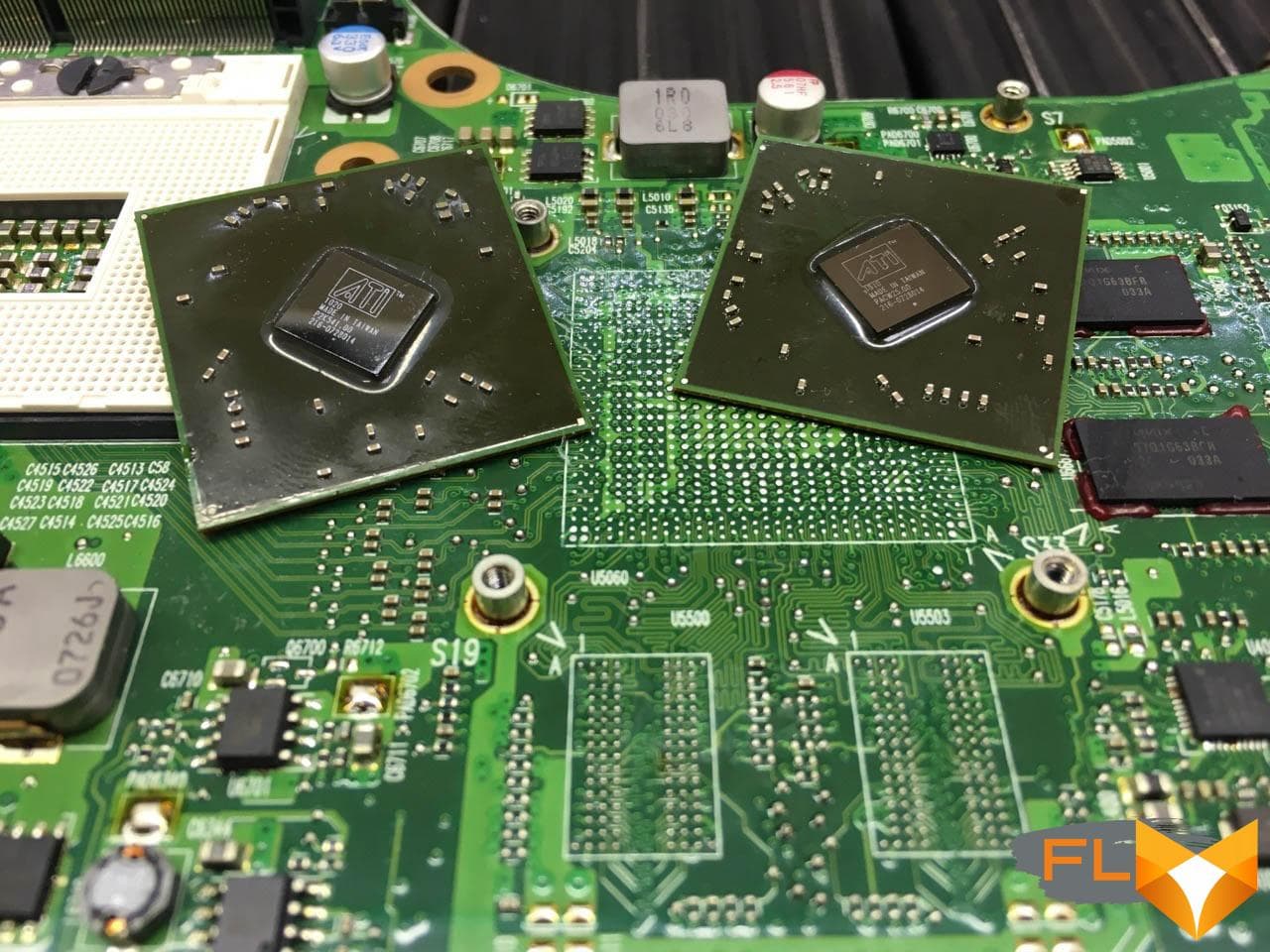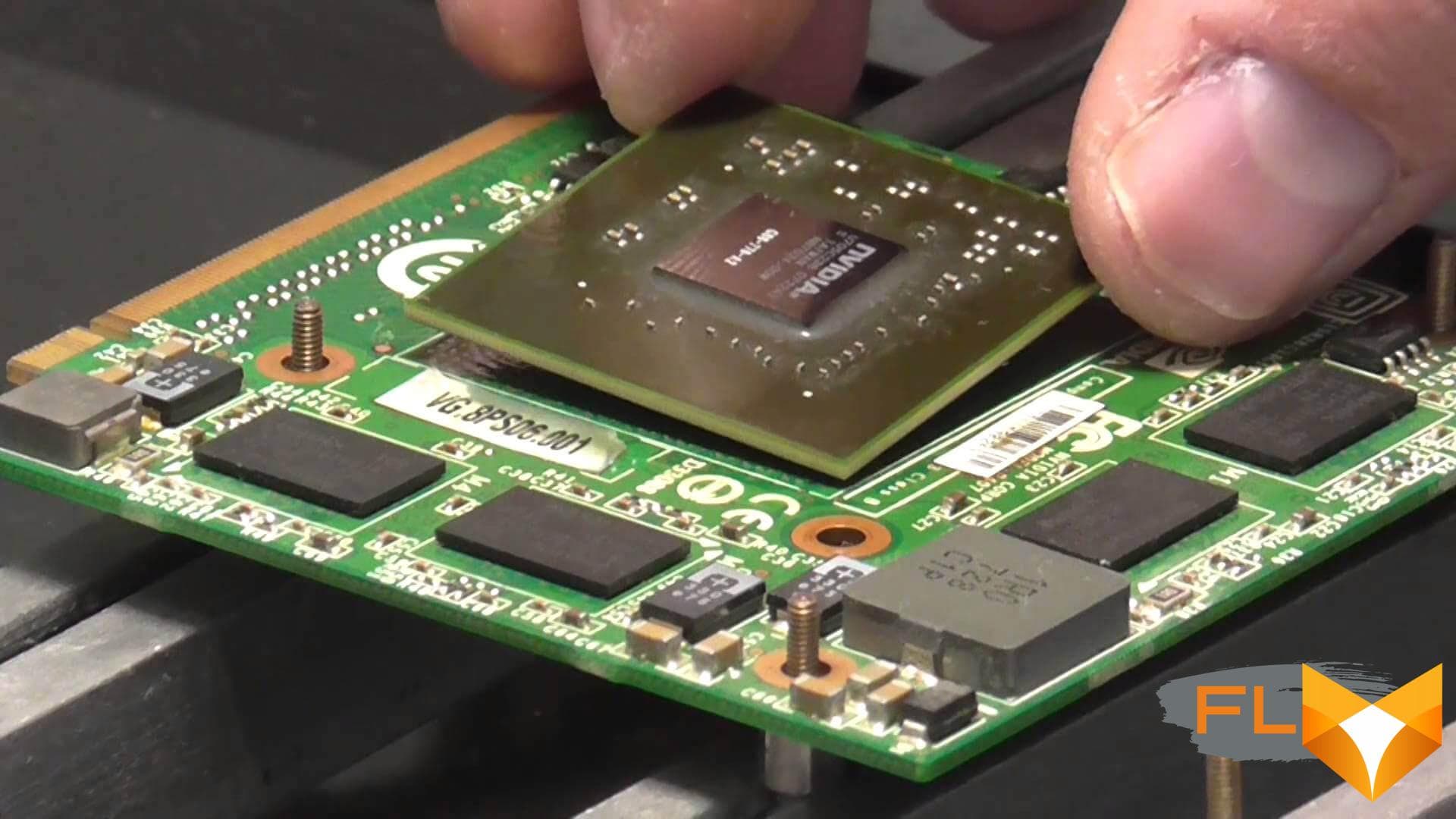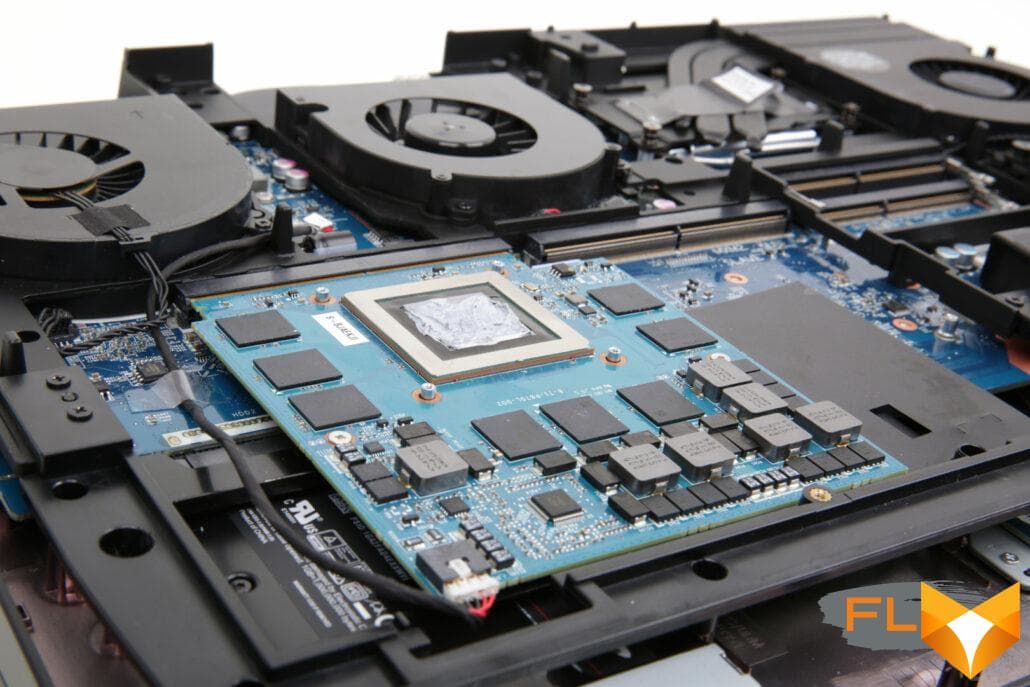


Determining Compatibility of a Graphics Card: A Guide for Gamers
If you’re a PC gamer, having a good graphics card is essential for a smooth gaming experience. But not all graphics cards are compatible with all systems, which can make it challenging to determine which one to buy. In this article, we’ll provide you with a comprehensive guide on how to determine the compatibility of a graphics card.
What is a Graphics Card?
A graphics card, also known as a video card or GPU, is a piece of hardware that renders images, videos, and animations on your computer. It’s responsible for the quality and speed of your visual experience while gaming or using graphic-intensive applications.
Key Indicators of Compatibility
- Interface – The interface of a graphics card refers to the type of connector it uses to connect to your computer’s motherboard. The most common interface for modern graphics cards is PCIe (Peripheral Component Interconnect Express).
- Power Supply – A graphics card requires power to function. Make sure that your power supply has enough wattage and the appropriate connectors to power your chosen graphics card.
- Size – Graphics cards come in different sizes, and some may not fit in your computer’s case. Make sure to measure your case and the available space for your graphics card to ensure a proper fit.
- Cooling – A graphics card generates a lot of heat, and proper cooling is essential to prevent damage and ensure optimal performance. Make sure that your computer case has enough ventilation, and the graphics card itself has adequate cooling mechanisms.
How to Determine Compatibility
- Check Your System Specs – Check your computer’s specifications to determine what type of interface your motherboard uses, the power supply wattage, and the available space in your case.
- Research Graphics Card Specifications – Research the specifications of the graphics card you’re interested in buying. Check the interface, power requirements, size, and cooling mechanisms to ensure compatibility with your system.
- Use Online Tools – There are online tools that can help you determine if a graphics card is compatible with your system. For example, NVIDIA has a tool called GeForce Experience that can scan your system and recommend compatible graphics cards.
- Consult with Experts – If you’re still unsure about compatibility, consult with experts such as computer technicians or the support team of the graphics card manufacturer.
Choosing a Graphics Card: A Comprehensive Guide for Gamers
A graphics card is one of the essential components of a gaming PC. It’s responsible for rendering graphics and ensuring a smooth gaming experience. But with so many options available, choosing the right graphics card can be overwhelming. In this article, we’ll provide you with a comprehensive guide on how to choose the right graphics card for your needs.
Key Factors to Consider
- Budget – Graphics cards come in a wide range of prices, and it’s essential to determine your budget before making a purchase. Determine how much you’re willing to spend and look for options within your price range.
- Performance – Performance is the most crucial factor to consider when choosing a graphics card. Look for cards with high clock speeds, memory bandwidth, and VRAM size for optimal performance.
- Resolution – The resolution of your monitor will determine the graphics card you need. Higher resolutions require more powerful graphics cards to deliver smooth performance.
- Power Consumption – Graphics cards consume a lot of power, and it’s important to ensure that your power supply can handle the card you choose.
- Compatibility – Compatibility is crucial when choosing a graphics card. Make sure that your motherboard has the appropriate interface, and your case has enough space for the card you choose.
Graphics Card Types
- Entry-Level Graphics Cards – These are the most affordable graphics cards and are suitable for basic gaming needs. They’re not suitable for high-end games or VR gaming.
- Mid-Range Graphics Cards – These offer better performance than entry-level cards and can handle high-end games at lower resolutions.
- High-End Graphics Cards – These are the most powerful graphics cards and can handle the most demanding games at high resolutions and high frame rates.
Popular Graphics Card Brands
- NVIDIA – NVIDIA is the most popular graphics card manufacturer and offers a wide range of options for every budget and need.
- AMD – AMD offers affordable and high-performance graphics cards that compete with NVIDIA’s offerings.
Preparing for the Upgrade: A Guide to Upgrading Your Computer
Upgrading your computer can be an excellent way to improve its performance and extend its lifespan. However, it can be a daunting task, especially if you’re not familiar with the process. In this article, we’ll provide you with a comprehensive guide on how to prepare for an upgrade.
Common Upgrades
- Memory (RAM) – Upgrading your computer’s RAM can improve its performance and multitasking capabilities.
- Storage – Upgrading your computer’s storage can improve its boot times and file transfer speeds.
- Graphics Card – Upgrading your computer’s graphics card can improve gaming performance and graphics-intensive applications.
- Power Supply – Upgrading your computer’s power supply can ensure that it can handle the new components and prevent damage to your computer.
Steps to Prepare for the Upgrade
- Back Up Your Data – Before starting the upgrade process, back up your important data to an external hard drive or cloud storage.
- Research and Purchase Components – Research the components you want to upgrade and purchase them from reputable retailers.
- Read the Manuals – Read the manuals of the components you want to upgrade to understand the installation process.
- Prepare Your Workspace – Clean your workspace, organize your tools and equipment, and ensure that you have a clear workspace to work in.
Troubleshooting Common Graphics Card Problems
- Driver Issues – Uninstall your current drivers and install the latest ones from the manufacturer’s website.
- Black Screens – Check your power supply and ensure that your graphics card is properly seated in its slot. If the problem persists, try using a different cable or monitor.
- Artifacts – Artifacts are graphical glitches that can occur due to a range of issues. Try adjusting your graphics settings or reinstalling your drivers.
- Crashes – Crashes can occur due to various factors, such as overheating, outdated drivers, or hardware issues. Check your temperatures, update your drivers, and run hardware diagnostics if necessary.
